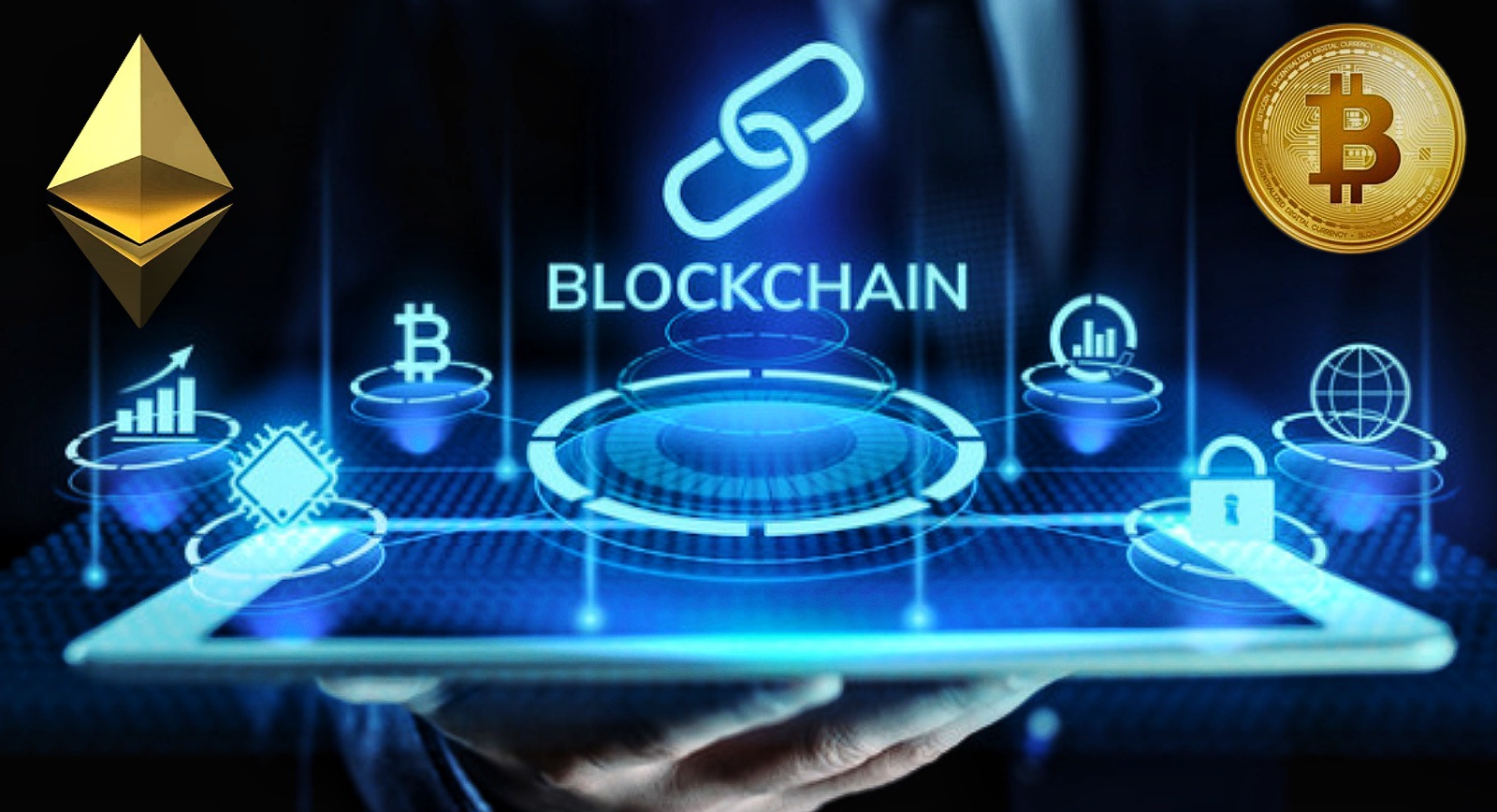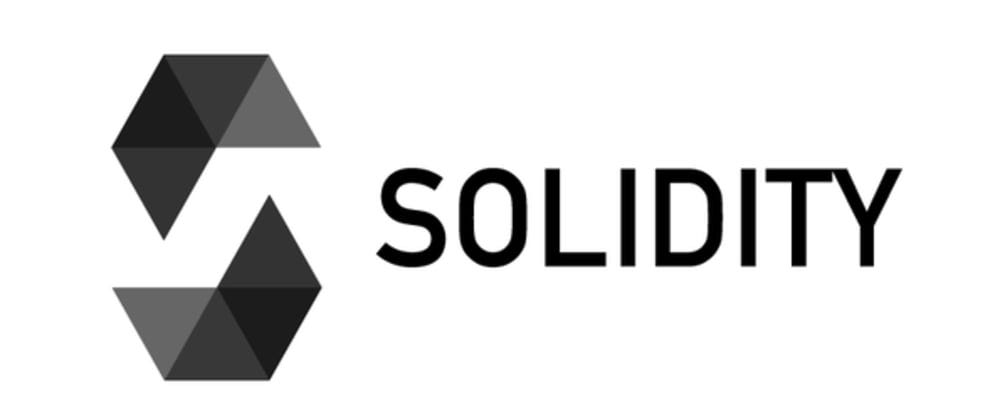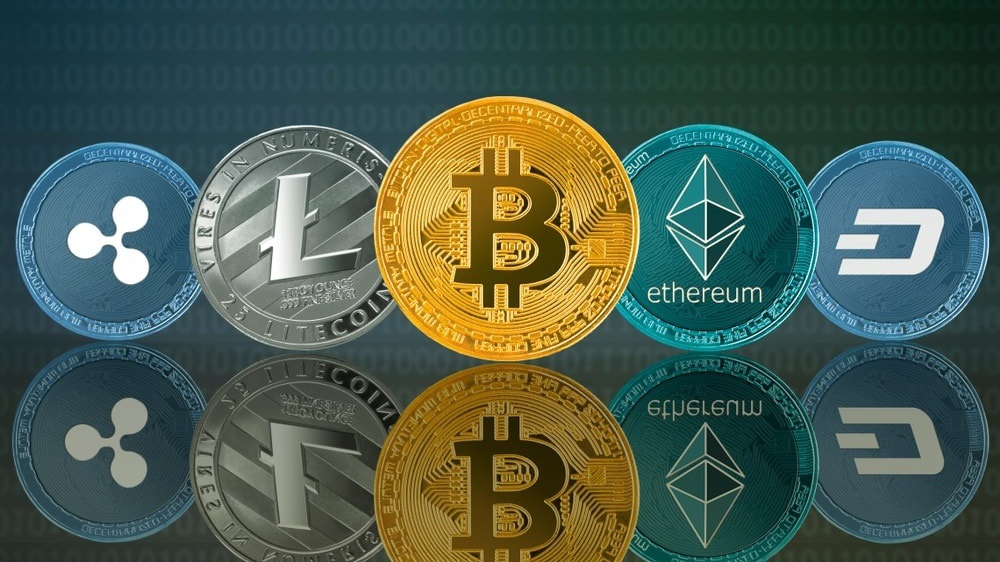Mastering Blockchain: A Step-by-Step Guide to Becoming a Blockchain Developer
 Anupam Nandi
Anupam Nandi
Welcome to the fascinating realm of blockchain development. Whether just embarking on or seeking a career transformation, this manual aims to ease your route toward proficiency in blockchain engineering. Let's immerse ourselves!
Introduction to Blockchains
Before delving into technical intricacies, fundamentally comprehending what blockchains embody and why they matter is imperative. Blockchains represent a decentralized, distributed digital ledger enabling secure, transparent interactions network-wide. As cryptocurrencies' backbones like Bitcoin and Ethereum, blockchains' usages vastly surmount finance, impacting healthcare, inventory administration, and beyond.
Step 1: Acquire the Necessary Skills
1.1 Basic Computer Science Knowledge
A strong foundation in computer science is essential. This includes understanding algorithms, data structures, and basic programming concepts. If you're new to these topics, consider taking online courses or textbooks to build your foundation.
1.2 Programming Languages

JavaScript: Essential for understanding how Ethereum smart contracts work. It's also widely used in web development.
Python: Useful for scripting and automating tasks related to blockchain.
Solidity: The primary language for writing smart contracts on Ethereum. It's similar to JavaScript but tailored for blockchain development.
TypeScript: An increasingly important language in the blockchain space, especially for Ethereum development. TypeScript is a superset of JavaScript that adds static typing, making your code more robust and easier to maintain.
1.3 Understanding of Cryptography

Blockchain relies heavily on cryptography for security. Familiarize yourself with concepts like public-key cryptography, hash functions, and digital signatures.
Public-Key Cryptography: This involves a pair of keys, one public and one private. The public key is used to encrypt messages, and the private key is used to decrypt them. This ensures that only the intended recipient can read the message, as only they possess the private key.
Hash Functions: These are mathematical algorithms that take an input (or 'message') and return a fixed-size string of bytes. The output is typically a 'digest' that is unique to each unique input. It's computationally infeasible to generate the same hash output from two different inputs. Hash functions are used in blockchain to verify the integrity of data and to prevent double-spending.
Digital Signatures: This is a cryptographic technique that allows a sender to prove the authenticity and integrity of a message. It involves using a private key to encrypt a message, and anyone with the corresponding public key can decrypt it to verify its authenticity. This is crucial for blockchain transactions, where digital signatures are used to verify that a transaction was created by the owner of the funds and has not been tampered with.
Encryption: This is the process of converting plaintext (ordinary text) into ciphertext (encoded text) to prevent unauthorized access. In blockchain, encryption is used to secure data stored on the blockchain, ensuring that only authorized parties can access it.
Step 2: Learn About Blockchain
2.1 Blockchain Fundamentals
Start with the basics: how blocks are linked, the concept of mining, and consensus mechanisms like Proof of Work (PoW) and Proof of Stake (PoS).
2.1.1 Proof of Work (PoW)
Concept: A consensus mechanism where miners solve complex mathematical problems to validate transactions and add new blocks to the blockchain.
Process: The first miner to solve the problem gets the right to add a new block, rewarded with cryptocurrency.
Purpose: Ensures security and prevents spam and fraudulent transactions by making the process difficult and time-consuming.
2.1.2 Proof of Stake (PoS)
Concept: An alternative consensus mechanism that selects validators based on the number of coins they hold and are willing to stake as collateral.
Process: Validators are chosen to create new blocks and validate transactions based on their stake, reducing the need for extensive computational work.
Purpose: Balances security with energy efficiency, making it an attractive alternative to PoW for some blockchain networks.
2.2 Smart Contracts
Smart contracts are self-executing contracts with the terms of the agreement directly written into code. They are a key feature of blockchain technology, particularly on platforms like Ethereum. Here's a breakdown of their key aspects:
Decentralized: Smart contracts run on a blockchain, which is a decentralized network. This means they operate without the need for a central authority or intermediary.
Immutable: Once deployed, the code of a smart contract is immutable. This means it cannot be altered or deleted, ensuring the integrity and security of the contract.
Automated: Smart contracts automatically execute transactions when predefined conditions are met. This eliminates the need for manual intervention, reducing the risk of human error.
Transparent: All transactions and interactions with a smart contract are transparent and can be viewed by anyone on the blockchain. This transparency enhances trust and accountability.
Interoperable: Smart contracts can interact with each other, allowing for complex transactions and operations across different contracts.
Security: Smart contracts are secured by the blockchain's cryptographic security measures. However, they are also vulnerable to bugs and exploits, making security a critical aspect of smart contract development.
Gas Fees: Transactions on the Ethereum blockchain, where smart contracts are commonly used, require "gas" to be paid in Ether (ETH). The cost of gas depends on the complexity of the transaction.
2.3 Understanding Tokens
Tokens are a fundamental concept in blockchain technology, especially on platforms like Ethereum. They represent a digital asset or utility on the blockchain, which can be used for various purposes such as governance, access control, or as a medium of exchange within a specific ecosystem.
ERC-20 Tokens: These are the most common type of tokens on the Ethereum blockchain, designed for fungible tokens (tokens that are identical to each other). They follow a standard interface, making them easily interchangeable and transferable.
ERC-721 Tokens: These are non-fungible tokens (NFTs), each with unique properties and ownership. They're used for digital collectibles, art, and other unique items.
Utility Tokens: These tokens grant holders access to a specific service or platform. For example, a platform might issue tokens that can be used to pay for services within its ecosystem.
Governance Tokens: These tokens allow holders to participate in the governance of a blockchain project or protocol, voting on proposals and decisions that affect the project's direction.
Step 3: Choose a Blockchain Platform

3.1 Ethereum
Ethereum is the most popular platform for blockchain development due to its rich ecosystem and the widespread use of smart contracts. Start by learning Solidity and experimenting with the Ethereum blockchain.
3.3 Bitcoin (BTC)
Bitcoin, the first and most well-known blockchain, is primarily known for its digital currency, Bitcoin. However, its underlying technology, the Bitcoin Core, is also a platform for blockchain development. While Bitcoin's blockchain is not as flexible as Ethereum for creating smart contracts, it's still a valuable platform to understand, especially for those interested in cryptocurrency and its underlying technology.
3.4 Other Platforms
EOS: Known for its high scalability and ability to support thousands of transactions per second, EOS is another platform worth exploring. It's designed to support decentralized applications (DApps) and has a unique governance model.
Tezos: Tezos is a self-amending cryptographic ledger, aiming to provide a platform for smart contracts that is secure, upgradable, and sustainable. It's known for its on-chain governance and formal verification of smart contracts.
Ripple: Primarily used for cross-border payments, Ripple's blockchain technology offers a different approach to transaction processing, focusing on speed and scalability for financial transactions.
Step 4: Gain Practical Experience
4.1 Build Projects
The best way to learn is by doing. Start with simple projects, like creating a basic smart contract on Ethereum, and gradually take on more complex projects.
4. 1.1 Simple Projects
Basic Smart Contract on Ethereum: Start by writing a simple smart contract on the Ethereum blockchain using Solidity. This could be a basic token contract that allows for the creation, transfer, and balance checking of tokens.
Decentralized Voting System: Create a decentralized application (DApp) that allows users to vote on various topics. This project will help you understand how to interact with smart contracts from a frontend application, using web3.js or ethers.js.
4.1.2 Intermediate Projects
Decentralized Exchange (DEX): Develop a DEX where users can swap tokens directly with each other without the need for an intermediary. This project will introduce you to more complex smart contract interactions and the concept of liquidity pools.
NFT Marketplace: Build a platform where users can create, buy, and sell non-fungible tokens (NFTs). This project will give you experience with ERC-721 tokens and the creation of a marketplace for digital assets.
4.1.3 Advanced Projects
Decentralized Finance (DeFi) Platform: Create a DeFi platform that offers lending, borrowing, and yield farming services. This project will require a deep understanding of smart contracts, financial models, and the Ethereum ecosystem.
Blockchain-Based Supply Chain: Develop a supply chain management system that uses blockchain to track the movement of goods from the manufacturer to the consumer. This project will help you understand how blockchain can be applied to real-world problems.
4.2 Participate in Hackathons
Hackathons are great opportunities to apply your skills, meet other developers, and learn from real-world challenges.
Apply Skills: Hackathons provide a platform to apply your blockchain development skills in a competitive environment, often with real-world problems as challenges.
Networking: They offer a chance to meet and connect with other developers, professionals, and potential collaborators in the blockchain space.
Learn from Challenges: Participating in hackathons exposes you to real-world scenarios and challenges, helping you learn and grow as a developer.
Showcase Your Work: Hackathons allow you to showcase your projects and skills to a wider audience, including potential employers or investors.
Gain Recognition: Winning or being recognized in a hackathon can boost your reputation and credibility in the blockchain community.
Stay Updated: Hackathons often focus on the latest trends and technologies in blockchain, helping you stay informed about emerging developments and opportunities.
Step 5: Specialize and Network
5.1 Deepen Your Knowledge
Specialize in Areas of Interest
Blockchain Security: Focus on understanding and implementing best practices for securing blockchain applications. This includes learning about smart contract vulnerabilities, secure coding practices, and the latest security tools and techniques.
Decentralized Finance (DeFi): Dive into the world of DeFi, which aims to recreate traditional financial systems in a decentralized manner. Key topics include lending and borrowing platforms, yield farming, and stablecoins. Understanding DeFi can open up opportunities for developing innovative financial solutions.
Non-Fungible Tokens (NFTs): Explore the unique world of NFTs, which represent ownership of a unique item or piece of content on the blockchain. Learn about the creation, trading, and authentication of NFTs, and how they're revolutionizing digital ownership.
Decentralized Exchanges (DEXs): Exchanges that operate on blockchain networks, enabling peer-to-peer trading of cryptocurrencies without the need for an intermediary.
5.1 Network
Join Blockchain Communities: Engage with communities through forums, social media groups, and chat platforms. These communities can provide support, feedback, and insights into the latest trends and opportunities.
Attend Conferences and Meetups: Participate in blockchain conferences, hackathons, and meetups. These events are great for networking, learning from experts, and staying informed about the latest developments in the field.
Connect with Professionals: Reach out to other blockchain developers, project managers, and industry leaders. Networking can lead to job opportunities, collaborations, and mentorship.
Contribute to Open Source Projects: Participating in open source projects can enhance your skills, contribute to the community, and potentially lead to collaborations or job opportunities.
Conclusion
Becoming a blockchain developer is a rewarding journey that combines creativity, problem-solving, and a passion for technology. By following these steps and staying curious, you'll be well on your way to mastering blockchain and making a significant impact in the digital world. Remember, the blockchain community is vast and supportive, so don't hesitate to reach out for help and guidance along the way. Happy coding.....
Subscribe to my newsletter
Read articles from Anupam Nandi directly inside your inbox. Subscribe to the newsletter, and don't miss out.
Written by
